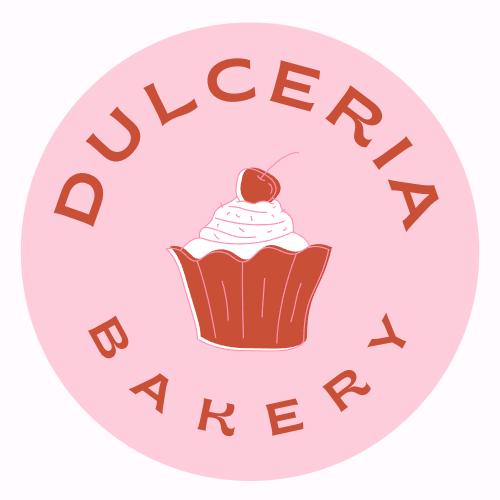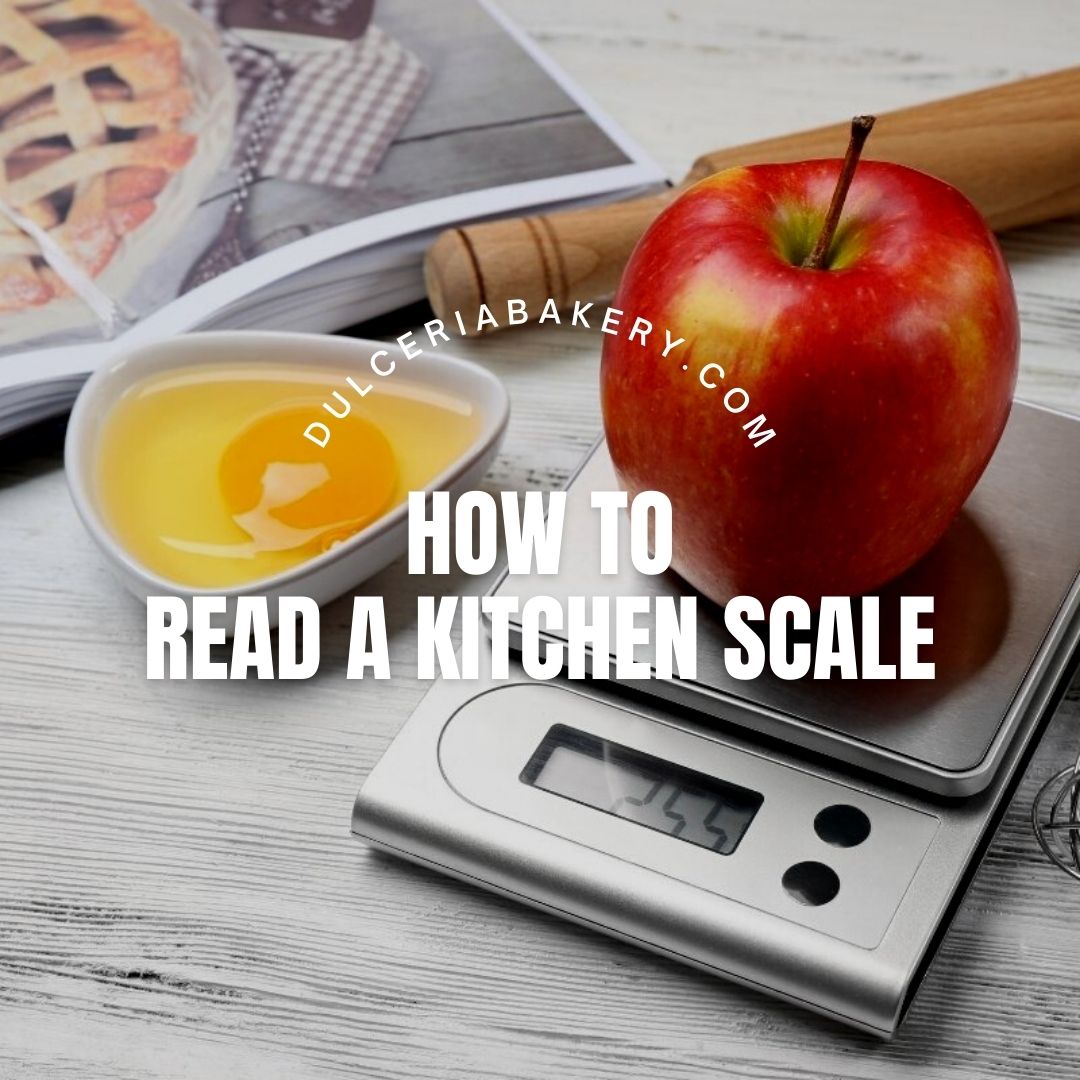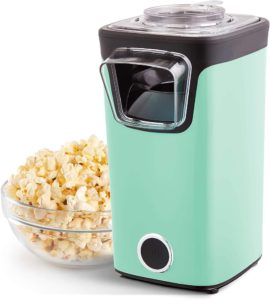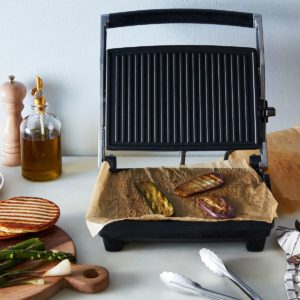When it comes to baking, getting the measurements correct is key. That is why using a kitchen scale is so important.
In this blog post, we will teach you how to read a kitchen scale so that you can get perfect results every time. So, whether you are just starting out in the kitchen or looking to become a more precise baker, keep reading for tips on how to use and read a kitchen scale.
What is a kitchen scale and what are its uses?
A kitchen scale is a device that is used to measure the weight of an object. It is often used in the kitchen to weigh food items, but it can also be used for other purposes, such as measuring the weight of luggage when traveling.
Kitchen scales come in a variety of shapes and sizes, and they are made from a variety of materials, including plastic, metal, and glass. Some kitchen scales have digital displays that show the weight of the object being measured, while others have analog displays that use dials or needles to indicate the weight.
Kitchen scales can be used to weigh food items to determine their nutritional content or to portion out food for meals. They can also be used to measure the weight of ingredients when baking or cooking.
Some people use kitchen scales to weigh their luggage when traveling, to make sure they are not over the weight limit set by the airline. Kitchen scales can also be used to measure the weight of precious stones or metals, or to balance objects.
There are a variety of different types of kitchen scales available on the market, so it is important to find one that fits your needs. If you are looking for a basic kitchen scale that will only be used for measuring food items, then a simple model with a digital display is best.
If you need a scale that can do more than just weigh food, then you may want to consider a model with more features, such as a tare function that allows you to subtract the weight of the container that the food is being weighed in. Whatever your needs, there is sure to be a kitchen scale that fits them.
How to calibrate your kitchen scale
Kitchen scales are a handy tool to have in the kitchen, but they need to be calibrated correctly in order to give accurate measurements. Here’s how to calibrate your kitchen scale:
- Check the weight of the object you want to measure.
- Place the object on the kitchen scale and note the weight.
- Reset the kitchen scale to zero by pressing the “tare” button.
- Add exactly half of the object’s weight to the kitchen scale. For example, if the object weighs 100 grams, add 50 grams to the scale.
- If the number on the scale is not exactly halfway between the original number and zero, use the adjustment screw on your kitchen scale to adjust the number until it is.
- Your kitchen scale is now calibrated and will give accurate measurements. Enjoy!
How To Read A Kitchen Scale
Reading a kitchen scale may seem confusing at first, but with a little practice it becomes easy. The first thing you need to do is zero out the scale by placing an item of known weight on the platform and seeing where the needle rests. Once the scale is zeroed out, you can start measuring the weight of other items.
The numbers on a kitchen scale represent weight in ounces (oz) or grams (g). If you are measuring in ounces, be sure to use decimal points to indicate tenths of an ounce (e.g., 2.5 oz). If you are measuring in grams, there is no need for decimal points because grams are already divided into tenths (e.g., 25 g). To measure the weight of an item, simply place it on the platform and watch the needle. When the needle rests on a number, that is the weight of the item in either ounces or grams.
Kitchen scales can be used to measure more than just the weight of food items. Many scales also have a tare function, which allows you to subtract the weight of an item already on the scale.
This is helpful for measuring multiple ingredients in a recipe without having to keep resetting the scale back to zero. To use the tare function, place the container you are using to measure ingredients on the platform and press tare. Now add your first ingredient, and then press tare again to reset the scale to zero. Add your next ingredient, and so on. This will ensure that the weight of the ingredients is accurately measured.
Some kitchen scales also have a timer function, which can come in handy for timing how long it takes to cook something. To use the timer function, simply press the timer button and then start counting time. When you are finished, press the timer button again to stop the timer.
Now that you know how to read a kitchen scale, you can start measuring the weight of your food with precision. With a little practice, you will be able to measure ingredients like a pro!
Tips for using a kitchen scale for cooking
When it comes to cooking, using a kitchen scale is a fantastic way to ensure that your food is accurately measured. This can help you to create evenly cooked dishes and avoid any potential messes. Here are a few tips for using a kitchen scale:
- Make sure to calibrate your kitchen scale before each use. This will ensure that the measurements are accurate.
- Use the tare function to measure ingredients in a bowl or container. This will zero out the weight of the container, so you only measure the ingredient itself.
- Be aware of the capacity of your kitchen scale. Some scales can only measure up to certain weights, so make sure you are using one that can accommodate the ingredients you are using.
- Use consistent measuring techniques. This will ensure that your measurements are accurate each time.
- Keep your kitchen scales clean and dry. This will help to prevent any accidents or inaccuracies in measurement.
- Store your kitchen scale in a safe place when not in use. This will help to keep it from getting damaged or dirty.
- Have fun with your kitchen scale! Use it to experiment with new recipes and ingredients. You may be surprised at how accurately your food can be measured using a kitchen scale.
How To Read A Kitchen Scale - FAQs
A kitchen scale is an electronic device used to measure the weight of an object. Kitchen scales come in a variety of shapes and sizes, but all work in the same way – by measuring the force exerted on a weighing platform when an object is placed on it. Here are some of the most frequent questions people have about kitchen scales:
Kitchen scales can be used to weigh any type of object, including food, liquids, and other household items. However, it is important to note that not all kitchen scales can measure the weight of very small or very large objects. Be sure to check the specifications of your particular scale to see if it can accommodate the size of object you need to weigh.
Kitchen scales cannot be used to accurately measure the weight of a person. For this, you would need to use a specialized medical scale.
Most kitchen scales come with a built-in calibration function that allows you to adjust the accuracy of the measurements. Typically, this is done by placing a known weight on the scale platform and adjusting the settings until the display reads correctly. Consult your scale’s instruction manual for more information on how to calibrate it.
The grams setting on a kitchen scale is used to measure the weight of objects in grams. This setting is generally used when measuring small quantities of food or other items.
What does the “pounds” set on my kitchen scale mean?
The pounds setting on a kitchen scale is used to measure the weight of objects in pounds. This setting is generally used when measuring larger quantities of food or other items.
No, kitchen scales are not typically designed to measure the weight of animals. For this, you would need to use a specialized veterinary scale.
A kitchen scale can be used for a variety of purposes, including measuring the weight of food items, measuring the volume of liquids, and weighing ingredients for baking or cooking.
How often you need to calibrate your kitchen scale depends on how often you use it and the type of environment it is used in. In general, it is an innovative idea to recalibrate your scale occasionally, to ensure accurate measurements. Consult your scale’s instruction manual for more specific instructions.
That concludes our guide to kitchen scales! We hope this information was helpful. If you have any additional questions, be sure to consult the manufacturer’s instructions or contact a qualified technician.
A kitchen scale can be helpful for accurately measuring ingredients for recipes. It can also be helpful for portion control if you are trying to lose weight or maintain a healthy weight.
Some common uses for a kitchen scale include weighing food ingredients, measuring liquids, and creating custom portion sizes.
Using a kitchen scale is simple – just place your item to be weighed on the platform and wait for the reading to appear on the screen. Be sure to switch between imperial and metric units as needed.
Here are a few tips for using your kitchen scale:
- Weigh items on a flat surface for accuracy
- Make sure the item is stationary before taking a reading
- If measuring liquids, use a clear container that is marked with measurements so you can get an accurate reading
- Avoid shaking or jostling the scale while it is taking a measurement.
Here are a few common mistakes people make when using a kitchen scale:
- Not calibrating the scale regularly
- Weighing unstable items, like liquids in a container, which can affect the reading
- Not switching between imperial and metric units when needed
- Misunderstanding the reading due to incorrect placement of decimal points.
Some benefits of using a kitchen scale include:
- Accurate measurements for recipes
- Portion control for weight loss or healthy eating
- Ability to measure in both imperial and metric units.
If your kitchen scale is not measuring accurately, there are a few things you can try:
- Calibrate the scale by following the manufacturer’s instructions
- Make sure the ingredients are level and not off balance on the platform
- Clean the scale with a soft, damp cloth to remove any dirt or debris.
Yes, you can use a kitchen scale to measure liquids. However, you should make sure that the liquid is not too thick or viscous, as this could affect the accuracy of the measurement.
There are a variety of imperial and metric kitchen scales available on the market. Some common ones include:
- The classic analog scale with a dial that displays weight in pounds or kilograms
- A digital scale that displays weight in numeric form
- A scale with a built-in bowl that measures wet or dry ingredients
- A Bluetooth enabled scale that sends measurements to an app on your smartphone or tablet.
Kitchen scales are typically very accurate, but they can vary depending on the brand and model. It is always a good idea to test your scale with a known weight to make sure it is giving you the correct measurement.
A kitchen scale is not necessary, but it can be a helpful tool for anyone who wants to be more precise with their measurements. If you are not baking or trying to lose weight, you may not need a kitchen scale. But if you are, a kitchen scale can be a valuable tool.
Some common kitchen scale measurements include ounces, grams, and pounds. Kitchen scales can also measure in milliliters and tablespoons.
Recipes that use a kitchen scale
There are many recipes that can benefit from the use of a kitchen scale.
When you are following a recipe, using a kitchen scale can ensure that you are making the correct amount of food. This is especially important if you are cooking for a large group of people.
Additionally, using a kitchen scale can help you to create more evenly-sized dishes. If you are looking to improve your cooking skills, using a kitchen scale is a great way to start.
With a little bit of practice, you will be able to make perfectly proportioned meals every time. Here are a few recipes that are best cooked with the help of a kitchen scale:
Roasted Brussels Sprouts
This dish is simple to make and it always comes out tasting great.
To make roasted Brussels sprouts, you will need:
- 1 pound Brussels sprouts
- 2 tablespoons olive oil
- 1/2 teaspoon salt
- 1/4 teaspoon black pepper.
Instruction
- First, preheat your oven to 400 degrees F.
- Then, cut the Brussels sprouts in half and place them in a large bowl.
- Drizzle the olive oil over the Brussels sprouts, then sprinkle on the salt and pepper.
- Stir until all of the Brussels sprouts are coated with oil and spices.
- Transfer the Brussels sprouts to a baking sheet and bake for 25 minutes.
- Once they are done cooking, remove from the oven and enjoy!
Quinoa Salad
This salad is healthy, delicious, and perfect for any occasion.
To make quinoa salad, you will need:
- 1 cup quinoa
- 2 cups vegetable broth
- 1/2 red onion
- 1 bell pepper,
- 1 cup corn kernels
- 1/4 cup chopped cilantro
- 2 tablespoons lime juice
- 1 teaspoon chili powder
- 1/2 teaspoon salt.
Instructions
- First, rinse the quinoa in a fine mesh strainer.
- In a medium saucepan, bring the vegetable broth to a boil.
- Add the rinsed quinoa and reduce the heat to low.
- Simmer for 10-12 minutes, or until all of the liquid has been absorbed.
- Meanwhile, dice the red onion and bell pepper.
- In a large bowl, combine the cooked quinoa, diced vegetables, corn kernels, cilantro, lime juice, chili powder, and salt.
- Stir until everything is well combined.
- Serve at room temperature or chilled.
Chocolate Cake
This cake is perfect for any special occasion!
To make chocolate cake, you will need:
- 1 3/4 cups all-purpose flour
- 2 cups sugar
- 3/4 cup unsweetened cocoa powder
- 1 1/2 teaspoons baking soda
- 1 1/2 teaspoons baking powder
- 1 teaspoon salt
- 2 eggs
- 1 cup water
- 1/2 cup vegetable oil, 2 teaspoons vanilla extract.
Instructions
- Preheat your oven to 350 degrees F.
- Grease and flour two 9-inch cake pans.
- In a medium bowl, whisk together the flour, sugar, cocoa powder, baking soda, baking powder, and salt.
- In a separate bowl, whisk together the eggs, water, vegetable oil, and vanilla extract.
- Add the wet ingredients to the dry ingredients and stir until everything is well combined.
- Pour the batter into the prepared cake pans and bake for 30-35 minutes, or until a toothpick inserted into the center of the cake comes out clean.
- Allow the cake to cool completely before frosting.
Pork Tenderloin
This dish is simple to make and it always comes out tasting great.
To make pork tenderloin, you will need:
- 1 pork tenderloin (1-1.5 pounds)
- 1 tablespoon olive oil
- 1/2 teaspoon salt
- 1/4 teaspoon black pepper
- 1/2 teaspoon dried thyme
- 1/2 teaspoon dried rosemary.
Instructions
- Preheat your oven to 400 degrees F.
- In a small bowl, whisk together the olive oil, salt, pepper, thyme, and rosemary.
- Rub the mixture all over the pork tenderloin.
- Place the pork tenderloin on a baking sheet and bake for 25-30 minutes, or until a meat thermometer inserted into the center of the pork reads 145 degrees F.
- Allow the pork to rest for 5-10 minutes before slicing and serving. Enjoy!
Grilled Cheese
This classic dish is always a favorite!
To make grilled cheese, you will need:
- 4 slices of bread
- 8 ounces cheddar cheese
- 2 tablespoons butter.
Instructions
- Preheat your grill or stovetop to medium-high heat.
- Spread one side of each slice of bread with butter.
- Place the slices of bread, buttered side down, on a work surface.
- Top each slice of bread with 2 ounces of cheddar cheese.
- Grill for 2-3 minutes per side, or until the cheese is melted and the bread is toasted. Enjoy!
There you have it – five delicious recipes that use a kitchen scale! Whether you are looking for a healthy salad to enjoy for lunch or a decadent chocolate cake for dessert, these recipes have you covered. So, what are you waiting for? Start cooking!
Conclusion
Kitchen scales may seem like a simple tool, but there’s more to them than meets the eye. By understanding how to read a kitchen scale, you can ensure that your measurements are accurate and your recipes turn out perfectly every time.
We hope this article has helped you gain a better understanding of kitchen scales and their use. Have you ever struggled with using a kitchen scale? Let us know in the comments below!
Read more:
- STAUB Pumpkin Dutch oven
- DASH Turbo POP Popcorn Maker Review
- What can you use a panini press for?
- What is the best sandwich maker with removable plates?
- Ovente Electric Sandwich Maker Reviews
- Is BLACK+DECKER WM2000SD Sandwich Maker worth it?
- DASH Everyday Ice Cream Maker
- Ninja NC299AMZ CREAMi Ice Cream Maker
- Cuisinart ICE-45P1 Soft Serve Ice Cream Maker
- Hamilton Beach Electric Automatic Ice Cream Maker
Related Posts
STAUB Pumpkin Dutch oven
Disclaimer: There are affiliate links in this post. At no...
Read MoreDASH Turbo POP Popcorn Maker Review
Disclaimer: There are affiliate links in this post. At no...
Read MoreWhat can you use a panini press for?
Disclaimer: There are affiliate links in this post. At no...
Read MoreWhy Trust Us
You will find what you are looking for at dulceriabakery. From classic to luxury brands, you'll find both. We will help you to select appliances that fit your needs, budget and lifestyle. Whether you want to stop by to learn more — or plan to make a major purchase — we’ll treat you like family and assist you every step of the way. Shop with us today to receive friendly and experienced help along the way.




